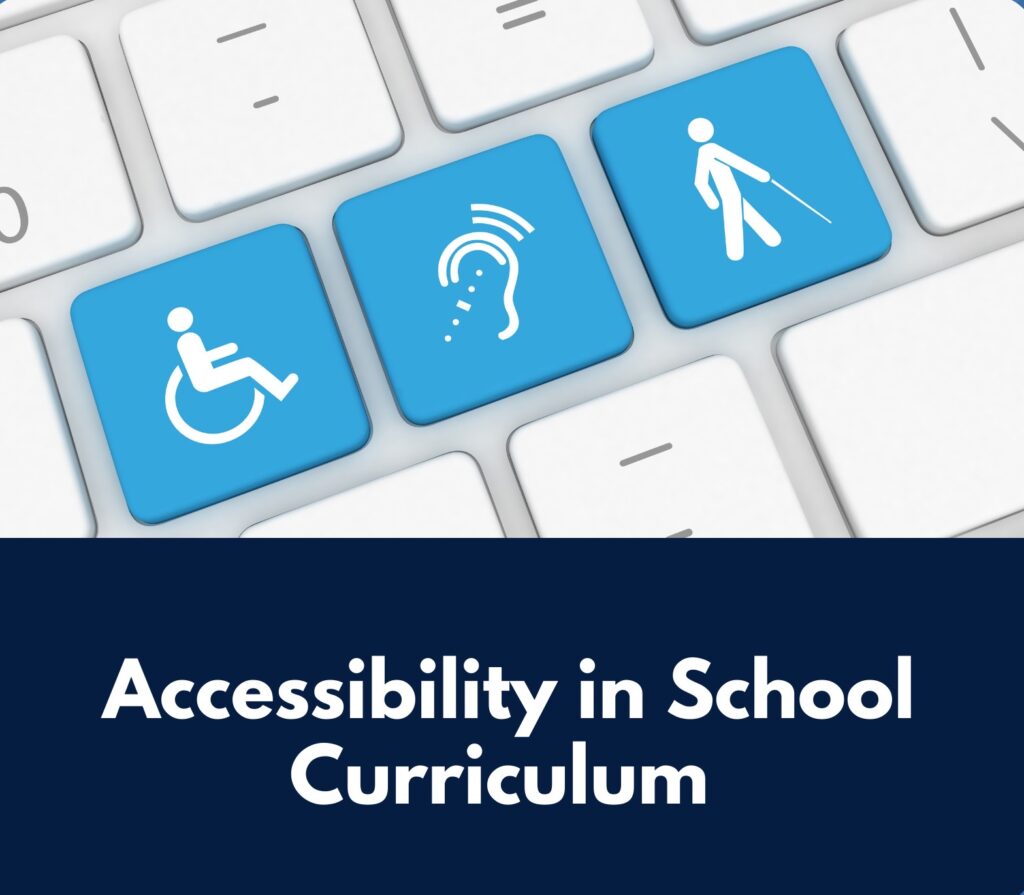
I had the opportunity to volunteer at the WordCamp Mumbai. One session, in particular, piqued my interest – it was led by Sathish Kumar and focused on Accessibility. Following the session, I was fortunate to engage in a insightful discussion with him regarding accessibility and curriculum. It made me think about how can we incorporate accessibility in our school curriculum.
Accessibility in school curriculum refers to making educational materials and methods inclusive and accommodating for all students, regardless of their abilities, disabilities, or learning styles. It involves providing equitable opportunities for learning. Key considerations include:
- Universal Design for Learning (UDL): Designing curriculum with multiple means of representation, engagement, and expression to cater to diverse learning needs.
- Accessible Materials: Providing textbooks, digital resources, and learning materials in formats that are accessible to students with disabilities, such as Braille, audio, or screen-readable digital formats.
- Assistive Technology: Providing access to assistive devices and software to help students with disabilities participate effectively in the curriculum.
- Adapted Teaching Methods: Teachers should adapt their methods to suit different learning styles and abilities. For instance, using visual aids and hands-on activities.
- Inclusive Assessment: Using assessment methods that allow students to demonstrate their knowledge and skills in ways that are accessible to them, such as oral presentations or alternative formats.
- Professional Development: Teachers should receive training on inclusive teaching practices and the use of assistive technology.
- Individualized Education Plans (IEPs): Students with disabilities may have IEPs outlining specific accommodations and modifications in the curriculum.
- Support Services: Providing support services, like special education teachers, speech therapists, or occupational therapists, to students who require them.
- Awareness and Sensitivity: Fostering a culture of awareness and sensitivity towards diverse needs within the school community.
- Parent Involvement: Involving parents and caregivers in the process of ensuring accessibility, as they often have valuable insights into their child’s needs.
Incorporating accessibility into the school curriculum promotes diversity, inclusion, and educational equity. It is essential to ensure that all students, including those with disabilities, have equal opportunities for learning.
